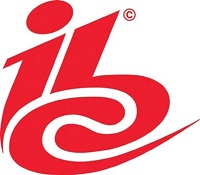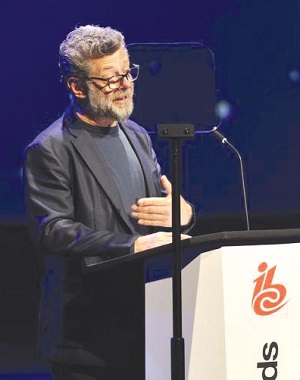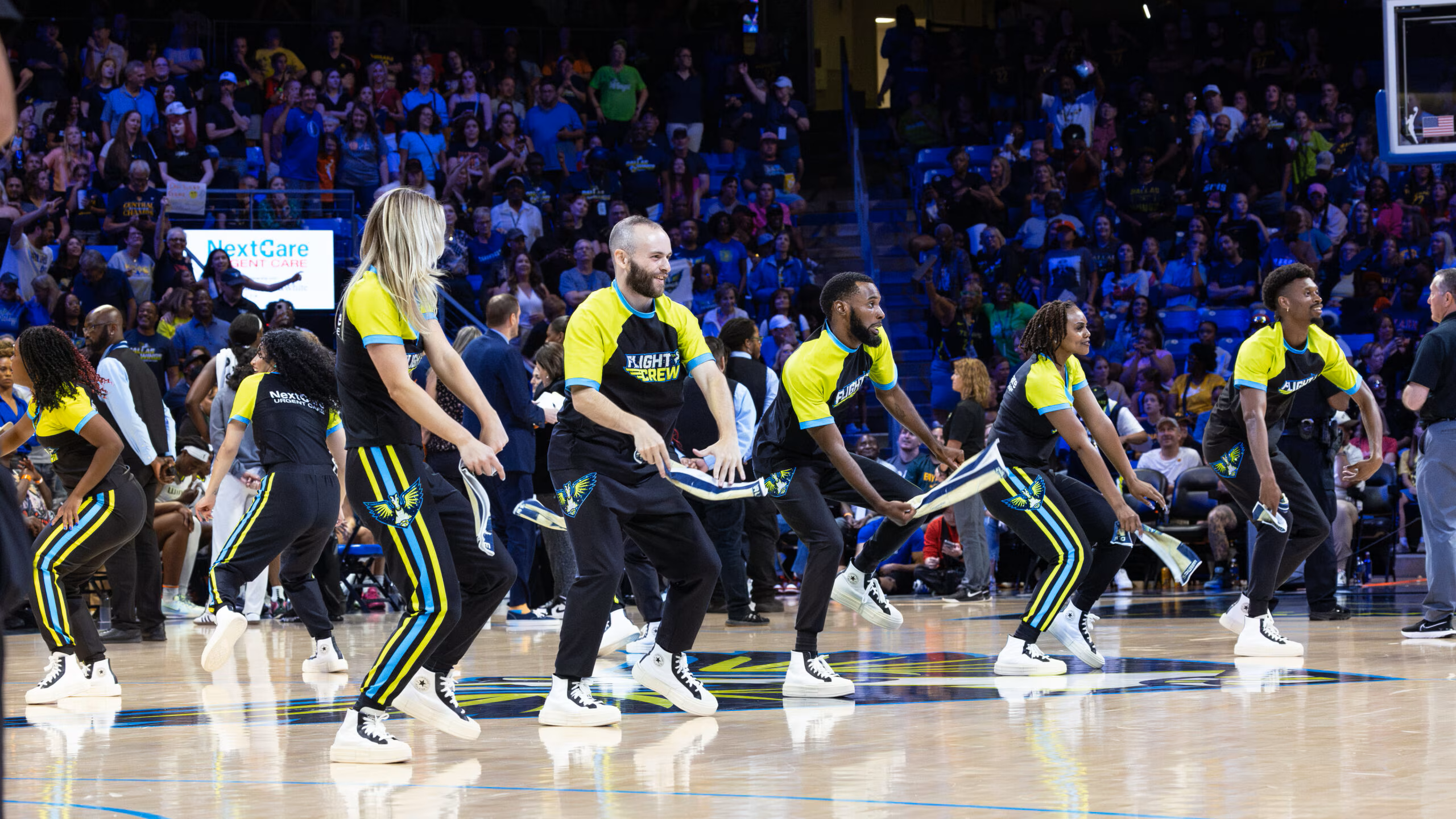2019 IBC: Why Hollywood Can’t Wait to Be Cloud

AMSTERDAM—While hot topics around OTT, AI and the growing dominance of Silicon Valley were in abundance, the biggest innovations at IBC this year were arguably to be found in the Auditorium. This year’s Big Screen strand ran throughout the entire conference and the sessions offered delegates a glimpse into future production techniques and workflows that will set the bar for years to come.
Employing a live-action film crew that can work virtually to set up and execute shots in an animated world is one example; a technique employed on Disney’s all-digital, astoundingly photorealistic “The Lion King” remake. In one keynote session the film’s cinematographer Caleb Deschanel and its VFX supervisor Rob Legato demonstrated how they used VR headsets to plan out their shots.
“VR allows you to walk around the CG world like you would on a real set and put the camera where you want,” Deschanel said. “You know where the light goes, you know where the camera goes, you know where the actors are. We were able to get some obscure points of view and tell a different story about the characters—and VR gave us that opportunity.”
According to Legato, the film’s budget could have been much larger had the production gone to Africa to shoot and then composited CG characters into the shots. As a result he predicted that VR previsualisation would change how movies were made and scheduled, while Deschanel argued that it would democratize the film-making process for a new generation of filmmakers.
“A 25-year-old aspiring director will be able to practice a shoot at home virtually before sharing their vision with the world,” Deschanel predicted. “This is where the next generation of talent will come from.
VISION FOR 2030
In another Big Screen session, Hollywood studios’ tech bosses gathered to discuss a new whitepaper that is set to transform production workflows in an industry where massive increases in content production across multiple platforms is proving a real challenge.
Michael Wise, CTO of Universal Pictures, argued that “faster production cycles and more rapid iterations” were needed.
MovieLabs—an independent body founded by five prominent studios to explore new technologies and workflows—believes the answer lies in the cloud.
The body’s 10-year vision is for all studio assets to be created and ingested straight into the cloud, and furthermore, any tools used on content assets in this new workflow must come to the cloud, rather than the other way around, (for more insight, read “SMPTE 2019: MovieLabs CTO Lays Out Vision For Media Creation In 2030,” in this month’s Broadcast Engineering Extra).
For this to happen, Arjun Ramamurthy, senior vice president of technology for Disney, acknowledged that the studios would need the support from “everyone in the production ecosystem.”
“We want the best of breed tools, but they need to be interchangeable and interoperable,” he said. “I would say that this is the key message here for manufacturers at IBC.”
BBC’S NHU PUSHES ENVELOPE

Another production trailblazer—and a big influence on “The Lion King,” according to its cinematographer—is the BBC’s Natural History Unit. Big Screen delegates were wowed by UHD HDR versions of the NHU’s recent hits including “Planet Earth II,” “Dynasties” and its latest production, “Seven Worlds, One Planet.”
Colin Jackson, senior innovation producer at BBC Studios, revealed that most of its productions are now filmed in 7.5K and 8K and the unit was “committed to driving innovation.” According to Jackson, this includes the use of drones in ways that would have been unthinkable only a couple of years ago; at night, over water, in caves and circling around the Russian Arctic.
Rachel Butler, a producer at the unit, added that new technology was literally taking its crews to new depths: “Using air rebreathers, for example, means our underwater teams can now stay down for 3-6 hours at a time.”
FRIENDLY FAANGS
Those other California players 350 miles north of Hollywood—the socalled FAANGs (Facebook, Apple, Amazon, Netflix and Google)—were also out in force at this year’s IBC, hungry for partnerships and insisting that they were friends, not foes.
In her conference opener, Cecile FrotCoutaz, head of content for YouTube, urged pay-TV companies to harness the platform to reach new audiences. The former Fremantle chief executive said that YouTube’s partners in the pay-TV space were increasingly viewing the platform as an essential part of their content offering.
Traditional European free-to-airs are also embracing VoD on social, with examples provided of how ProSiebenSat.1 and France Télévisions are harnessing Facebook’s Watch video on demand service to drive audiences to their TV programming, with previews and exclusive content. Erin Connolly, social video product manager for Facebook, added that, on average, audiences are currently spending 26 minutes in Watch.
“We have a long way to go, but are excited about the progress we have seen,” she said, adding that the platform was looking for “long-term sustainable and mutually beneficial partnerships.”
Facebook was also an exhibitor this year and during the conference announced updates that it has made to two Facebook Live features, Watch Party and Creators Studio.
Also delivering keynotes at the conference were Shalini Govil-Pai, head of Android TV (Google), and Alexa’s Max Amordeluso (Amazon), who both espoused the benefits of voice control technology.
“We find that the user has to be trained to use Google Assistant, but when they get it, it’s a magical experience,” said Govil-Pai.
However, not everybody believes the way that the FAANGS are operating is magical. During Friday’s keynote, Noel Curran, director general of the EBU, warned that any partnerships between broadcasters and social media companies would remain “unbalanced” while platforms coveted broadcasters’ audience data.
“We need to have access to the data social media platforms hold on our output and we need to get to a position where we get due prominence on those platforms,” Curran insisted. Regulation, Curran continued, was the answer, as he called for governments to get tougher on Silicon Valley.
“Why is there no regulation in terms of data? Right now we have an unregulated social media sector, dominated by four or five big players that have an unprecedented amount of control.”
AI BUSTS FAKE NEWS
Another strand running through IBC this year was Tech Talks, which sees the show’s Conference committee anonymously select whitepapers on the basis of their merits, and then invites the authors to give their presentations to IBC delegates.
This included a session on AI, which saw Grant Totten, head of media and emerging platforms for Al Jazeera, present a proof-of-concept AI aimed at busting fake news.
Totten explained that the work involved combining enriched metadata with contextual video analysis to perform a number of compliance-related tasks on its news-based content. These ranged from ensuring political candidates get equal speaking time to validating maps of disputed territories.
The most challenging level of the research, he added, was the detection of deep fakes— AI-generated synthetic videos of events and actions that haven’t occurred. “Detecting deep fakes is the most advanced level of our research because it takes a visual orientated approach to fake news and is also textual as well as visual,” Totten said. “We’re pushing contextual video analysis to its limits.”
Get the TV Tech Newsletter
The professional video industry's #1 source for news, trends and product and tech information. Sign up below.
